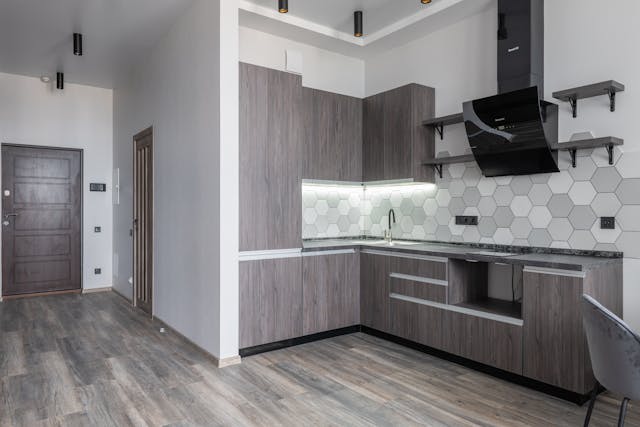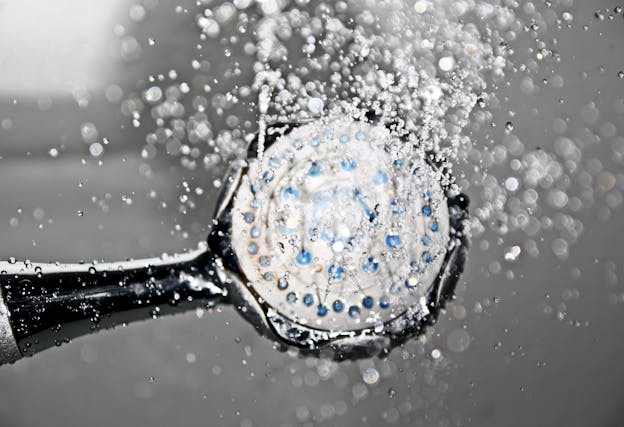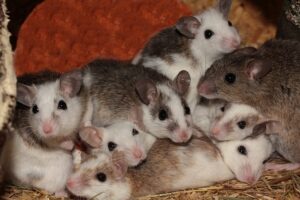Introduction: Essential Damaged Kitchen Hood Repair Tips
A damaged kitchen hood can disrupt your cooking experience, create unwanted smoke, and reduce air quality in your home. With these “damaged kitchen hood repair tips,” you can effectively troubleshoot and resolve common issues without professional help. Kitchen hoods are essential for ventilating your cooking space, but over time, wear and tear can compromise their functionality. Knowing how to repair them saves money and keeps your kitchen running smoothly.
Whether it’s a noisy fan, malfunctioning lights, or grease-clogged filters, addressing these problems can extend your hood’s lifespan and improve its performance. In this guide, we’ll cover step-by-step solutions for repairing kitchen hood components and maintaining their efficiency. From cleaning filters to replacing parts, these “damaged kitchen hood repair tips” are your go-to resource for restoring your kitchen’s comfort and functionality.
Identifying Common Issues with Kitchen Hoods
A kitchen hood may show signs of damage that indicate underlying problems. Recognizing these symptoms is the first step toward a successful repair.
- Reduced Suction Power: Blocked filters or motor problems may cause this issue.
- Unusual Noises: A loose fan blade or motor can lead to rattling or buzzing sounds.
- Non-Functional Lights: Faulty bulbs or wiring can disrupt illumination.
- Persistent Odors: Poor ventilation and grease buildup often result in lingering smells.
Understanding these issues makes it easier to implement appropriate solutions.
Tools and Materials for Repairing a Damaged Kitchen Hood
Having the right tools ensures efficient repairs. Here are essential items:
- Screwdrivers (Phillips and flathead)
- Multimeter for electrical checks
- Degreasing cleaner
- Replacement bulbs, filters, and fan blades
- Duct tape and silicone sealant for sealing gaps
Step-by-Step Damaged Kitchen Hood Repair Tips
Inspect and Clean the Filters
The filters play a vital role in trapping grease and preventing it from entering the duct. Dirty filters can block airflow.
- Remove the filters and soak them in warm, soapy water.
- Scrub away grease with a soft brush.
- For non-washable filters, replace them with new ones.
Check the Fan Motor
A malfunctioning fan motor can disrupt ventilation.
- Turn off the power supply.
- Inspect the fan blades for dirt or damage.
- If the motor hums but doesn’t turn, consider replacing it.
Fix the Lights
Kitchen hood lights improve visibility during cooking.
- Replace burnt-out bulbs with compatible ones.
- Test the wiring using a multimeter to ensure proper connectivity.
Preventive Maintenance Tips for Kitchen Hoods
Regular Cleaning
Cleaning your kitchen hood at least once a month prevents grease buildup and ensures efficient operation.
Inspect Seals and Connections
Check for air leaks in the ductwork. Use silicone sealant to fill gaps.
Test Electrical Components
Ensure the circuit breakers and wiring are functional to avoid electrical issues.
Advanced Repairs: When to Seek Professional Help
Certain repairs may require expert assistance, such as:
- Replacing the entire fan assembly.
- Fixing complex wiring or circuit board issues.
- Repairing or replacing ductwork in hard-to-reach areas.
DIY Tips for Specific Kitchen Hood Brands
Kitchen hood designs vary by brand. Understanding brand-specific nuances can simplify repairs.
- Whirlpool: Focus on cleaning filters and inspecting motor alignment.
- Bosch: Regularly test the advanced sensors for proper functioning.
- GE Appliances: Check the duct connectors for secure attachment.
FAQs
Q: How often should I clean my kitchen hood filters?
A: For optimal performance, clean washable filters monthly and replace non-washable ones every 6-12 months.
Q: Why is my kitchen hood making unusual noises?
A: Noises often indicate loose fan blades, motor issues, or debris in the fan assembly. Tighten screws and clean the components to resolve the problem.
Q: Can I replace a damaged fan motor myself?
A: Yes, if you are comfortable handling electrical components. Otherwise, seek professional help.
Q: What type of light bulb should I use in my kitchen hood?
A: Refer to your kitchen hood manual for compatible bulb specifications, typically halogen or LED.
Conclusion: Mastering Damaged Kitchen Hood Repair Tips
Repairing a damaged kitchen hood may seem daunting, but with these comprehensive “damaged kitchen hood repair tips,” the process becomes manageable. From simple fixes like cleaning filters to more advanced tasks like replacing a fan motor, these solutions empower you to maintain your kitchen hood’s efficiency and extend its lifespan.
A well-maintained kitchen hood not only improves air quality but also enhances your overall cooking experience. Regular maintenance and timely repairs are key to avoiding costly replacements. Whether you’re handling minor issues or seeking professional help for complex problems, these tips provide everything you need to restore your kitchen hood to its full potential.

Share this:
- Click to share on Facebook (Opens in new window) Facebook
- Click to share on X (Opens in new window) X
- Click to share on LinkedIn (Opens in new window) LinkedIn
- Click to share on Reddit (Opens in new window) Reddit
- Click to share on X (Opens in new window) X
- Click to share on Threads (Opens in new window) Threads
- Click to share on WhatsApp (Opens in new window) WhatsApp




